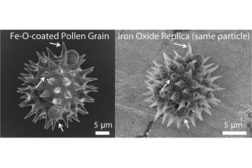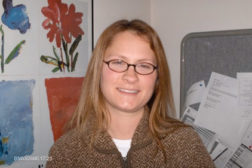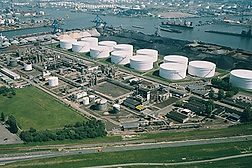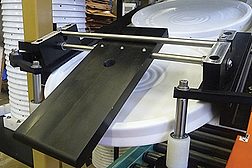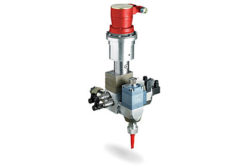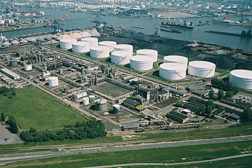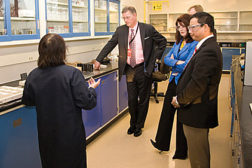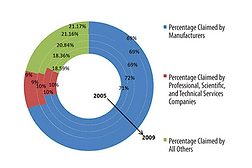Home » innovation
Articles Tagged with ''innovation''
Magnetic pollen replicas offer multimodal adhesion in iron oxide coatings.
Read More
Boosting ROI with Powerful PR and Social Media
Trade show success involves planned marketing and public relations efforts before, during, and after the show.
March 1, 2014
Editor's Memo: Focusing on Innovation
People who are involved in R&D must be incredibly determined and continually optimistic.
March 1, 2014
Materials Roundtable: Let's Talk Materials
Without quality materials that are often tailored to specific applications, the adhesives and sealants industry could never fully succeed.
February 1, 2014
Modular and Flexible Automated Pail Processing
With the future uncertain, manufacturers look to automation comprising modular subsystems that offer infinitely flexible capabilities.
January 2, 2014
Eliminating Common Metering and Dispensing Problems
Dispensing equipment manufacturers are designing end-of-tool metering units to help eliminate errors.
January 2, 2014
IP in Depth: Expediting Patent Application Examinations
The USPTO developed four programs designed to speed up the examination of patent applications.
January 2, 2014
Environmentally Friendly Manufacturing
One company illustrates how industry can make a big difference when sustainability is fully embraced.
Read More
Focus On: Expanding Excellence
Bostik celebrates Business & Technology Center expansion.
May 1, 2013
R&D Tax Credit: Maximizing Your Options
Manufacturers frequently incur more R&D expenses than they think.
February 1, 2013
Keep the info flowing with our eNewsletters!
Get the latest industry updates tailored your way.
JOIN TODAY!Copyright ©2024. All Rights Reserved BNP Media.
Design, CMS, Hosting & Web Development :: ePublishing
